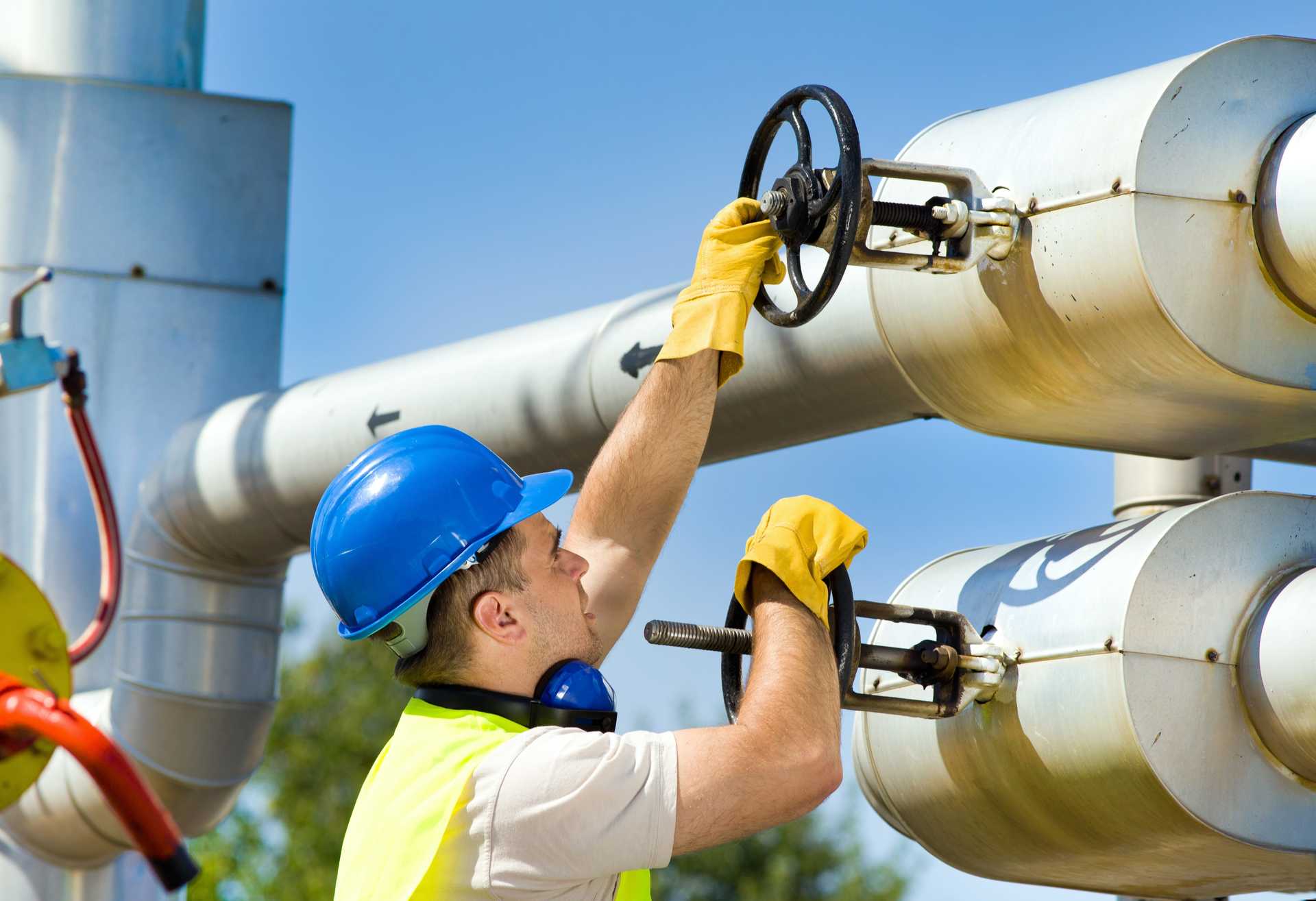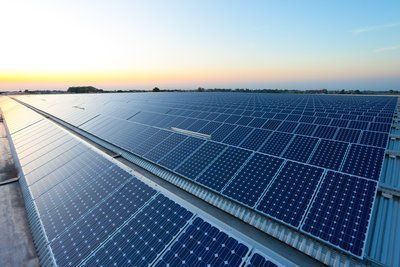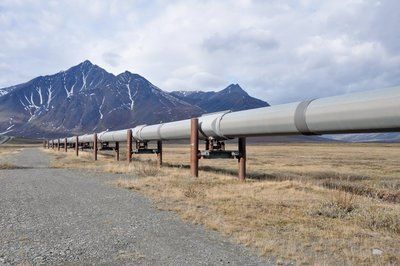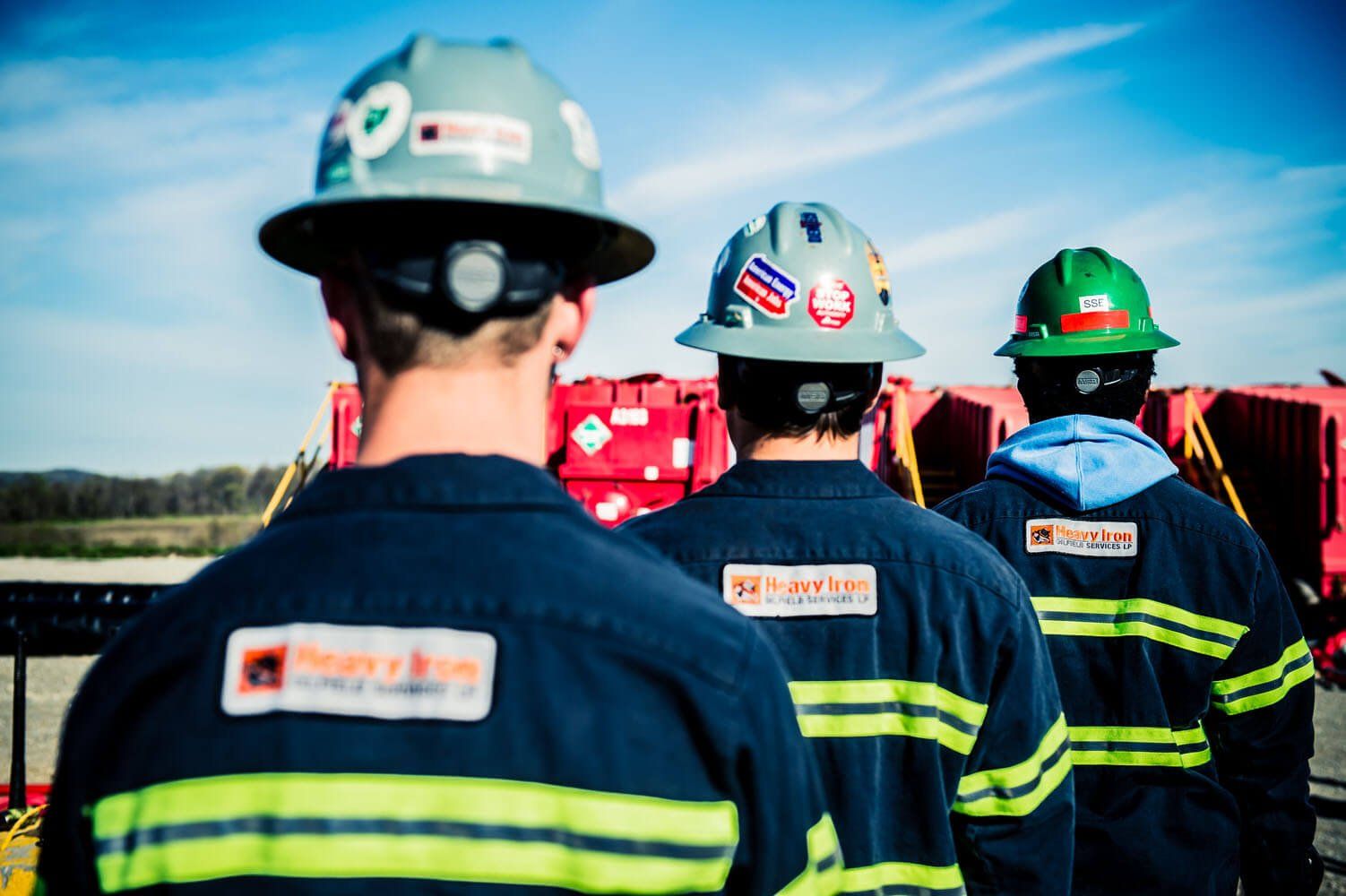HEAVY IRON NEWS
Best Practices For Plug Valve Greasing

Plug valve greasing is required to properly seal and lubricate a plug valve. Injecting sealant also adds a hydraulic medium, which will further improve the action of the plug valve under pressure. Generally, plug valve greasing should occur depending on the frequency of operation -- a plug valve should be greased either after each job or after each 5 actuations. Some plug valves may need to be greased more often if they have higher internal operating pressures or other environmental concerns. Older valves may also need repeated greasing.
BEGIN WITH PREPPING THE VALVE AND LOADING THE GUN.
Before you begin your plug valve greasing you should move the valve into full open position. You should then load your gun with lube sealant. Lube sealant sticks should be shaped into the gun properly rather than forced into the gun, as lube sealant sticks can lose their shape over time. Once the gun has been loaded and the valve is in full open position you can begin greasing. Attach the coupler to the valve fitting and then slowly inject the lube sealant directly into the valve. Lube should be injected at a steady pace. At this stage, you should make sure that the lube is being injected directly into the valve and that there are no issues with the injection.
PAYING ATTENTION TO THE PSI.

Greasing should continue until you have reached 2,000 PSI and should stop at every 2,000 PSI thereafter. At this stage, the valve should be actuated to remove any potential air bubbles. Grease again to 4,000 PSI before actuating the valve again. Once the valve has been actuated at 4,000 PSI, the valve should be fully greased and filling should stop. Valves that are 4" or smaller should not exceed 4,000 PSI, while valves that are 6" or larger should not exceed 6,000 PSI.
AVOIDING COMMON MISTAKES WITH VALVE GREASING.
- Different sealant options may have a different viscosity. Always read the packaging to make sure that you are filling to the proper PSI.
- Valves that do not seal properly may have other issues apart from needing to be greased, such as a leak that should be addressed.
- Failing to actuate at every 2,000 PSI may trap air bubbles within the valve, though actuating more often is not necessary.
- Over-greasing can be just as dangerous as under-greasing, leading to a high pressure system and ultimately system failure.
Plug valve greasing is a regular maintenance procedure that should be done frequently to avoid wear and malfunction in high pressured plug valves. As with any pressured equipment, care should be taken in maintenance, assembly and operation. Always follow the directions given on your valve grease and valve grease gun to make sure that your operations are being done as they should.
Subscribe to Email Updates
Recent Post





